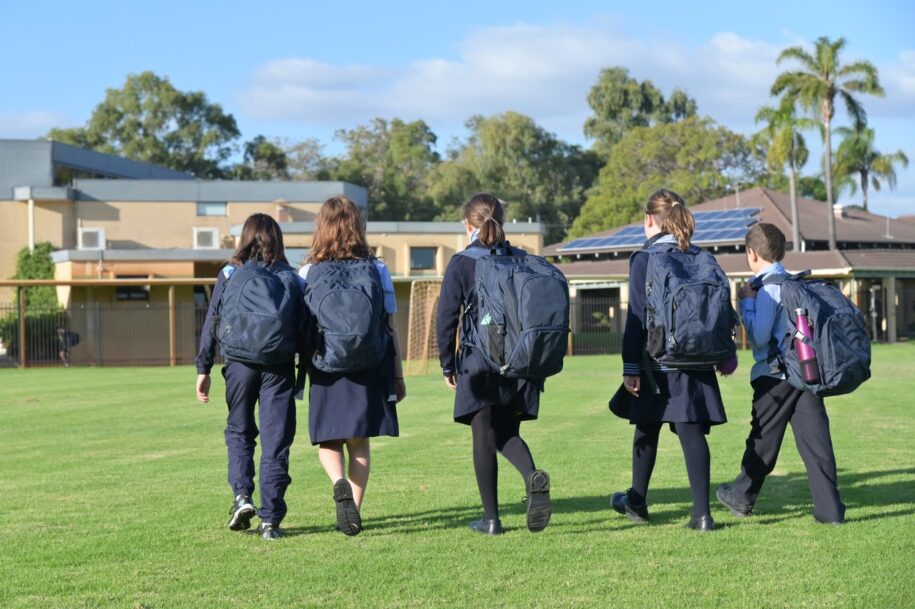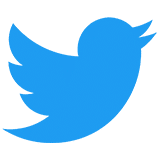It’s been a year of growth in challenging conditions.
Our personal and collective resilience as individuals, as teams, as communities, and as industries has been tested. Our reliance on technology has evolved our expectations of flexibility, work-life balance and social connection.
Despite this, in 2021, the education sector has continued to support individual outcomes, while doing extraordinary things at scale.
Education technology (edtech) partnership connectivity, all oriented around end users, developed significantly.
It’s been a huge year for OctopusBI: we launched two Software-As-A-Service (SaaS) products which have meant new customers, new opportunities and different types of scale, all the while our team office remained closed.
As 2022 speeds towards us, let’s take stock and consider how far we’ve come…
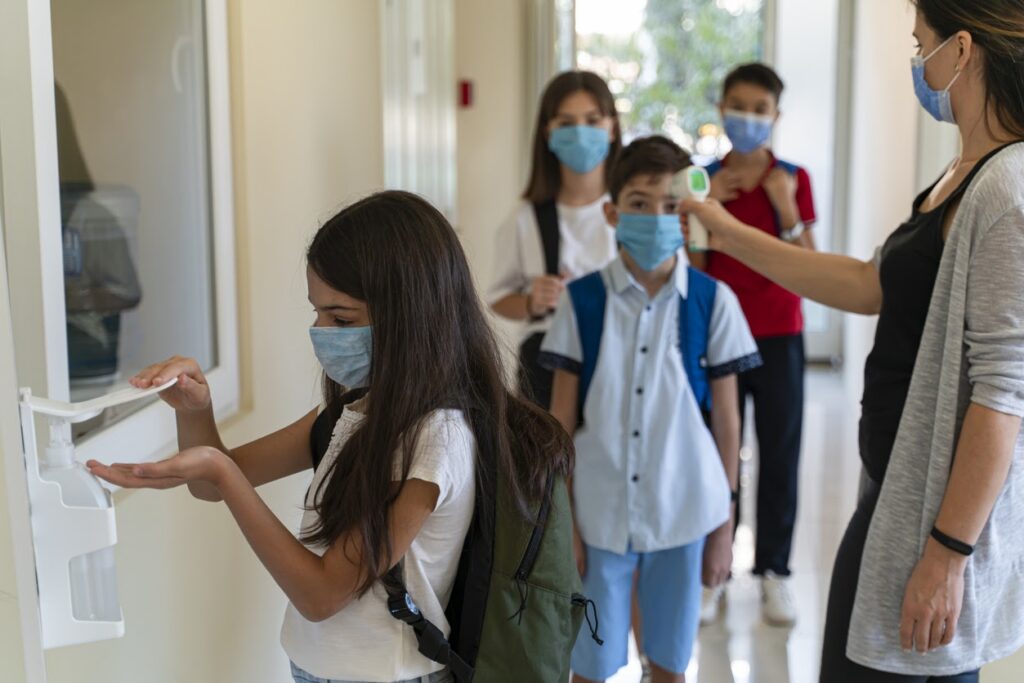
EdTechs partner to build a connected ecosystem
Whilst students struggled with extended school lock-downs, edtech really came into its own to help relieve the tension this year.
As schools became more reliant on point solutions, I think edtech vendors became increasingly aware of the need for them to play inside of an ecosystem that allows for data to flow.
Going out to individual schools, as a one-to-one relationship, only gets us so far. We always knew that. But this year the level with which we’re interacting with partners has been a lot more collegial.
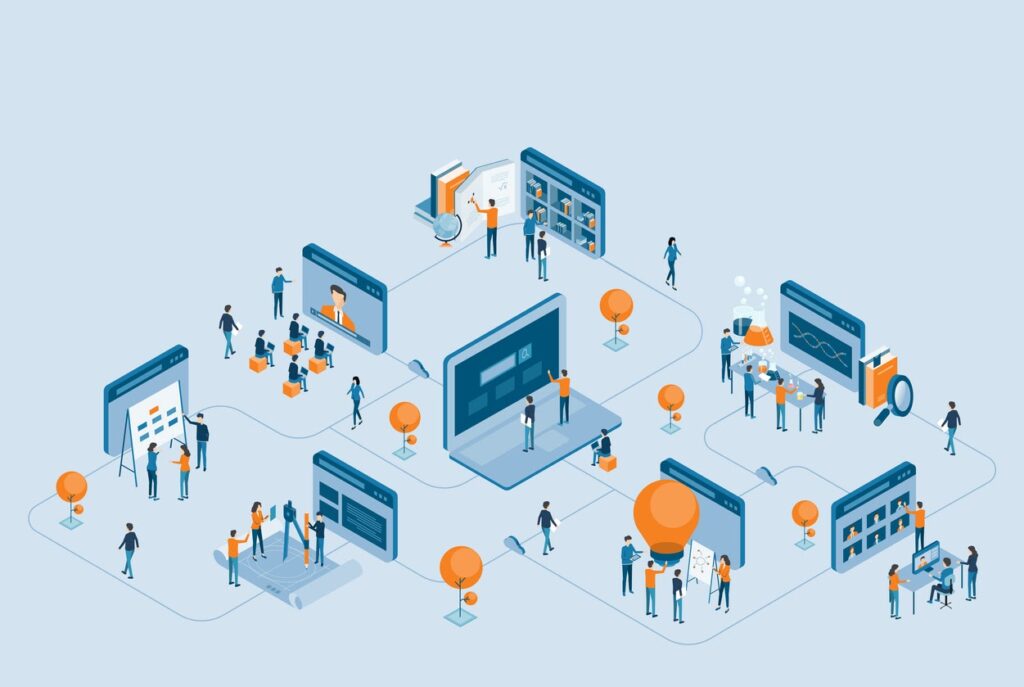
We realised how building a network of existing relationships with partners — where there’s mutual benefit, for them, for us and for end customers — is an absolutely superb way to scale, and it furthers this notion of connected vendors working as part of a digital ecosystem.
Learning analytics after all is most useful (to most people) when it’s leveraging data from widely used, mission-critical tools. Without the support of those big vendor players, we can’t understand the challenges that people are having with data inside of the tools to help solve them, nor integrate with them, nor enhance adoption.
What’s more, the market engagement you get from partnering is one of the cleanest and easiest ways to help to find your unique selling proposition (USP).
Commercial people often fall into the trap of thinking that what’s true of one customer is true of an entire market. Most often that’s not the case.
The market you want to sell to will tell you what they need. You’ve got to be able to put your ego (and fear of iteration) aside and know for sure you haven’t got it 100% right.
As the saying goes: if you want to go fast, go alone; if you want to go far, go together.
Schools walk the talk on resilience
Schools have been really heavily focused on student resilience in 2021. But as education institutions, they’ve shown tremendous resilience themselves.
They’ve been able to move quickly to the online space; to mature, develop and manipulate online materials and curriculum. Yes, they’ve relied on software vendors to help them do that, but the drive has been inherent. All the while, they’ve really tried to care about individual students.

The consultative conversations I’ve had with customers this year have been really rewarding.
K-12 schools are looking to go beyond traditional reporting representations to create more bespoke visualisations that really capture the schools’ individual learning approaches and characteristics.
One school we’re working with is talking about whether a student is a thinker, and reflective or whether they’re resilient. And how do we measure perseverance? And whether the student is a communicator that will have an open mind, or is self regulated?
Schools further along their data journey really want to know if their students demonstrate grit, resilience, risk-taking to accelerate their learning, collaboration: those 21st century skills which don’t lend themselves to rote memory tests and finite academic results like “I got eight out of 10 for my algebra test”.
Trying to bring all of the pastoral care, student welfare and knowledge, student self-reporting and survey, empirical data and teacher observational data aspects together is not easy, but the journey is very rewarding.
Schools are gaining a better picture of students’ holistic development with the insight that comes from connecting these data points and automating insight reports.
Creating leading places to work, and learn
We’ve learned alot this year about the challenges schools’ face with understanding their data goals and delivering value.
We’ve taken that feedback on board and developed resources like our Playbook of data visualisations for K-12 Australian schools, and lite tools like Tentacle, which speed up that publishing timeframe for schools.
These tools satisfy an immediate need, as well as engaging the education industry in the value of data analytics projects more broadly.
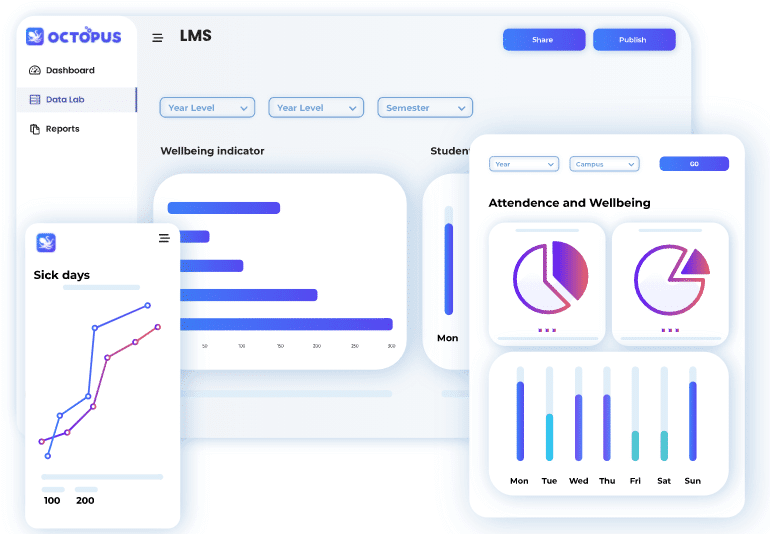
Given how tough it’s been for many employees to maintain work-life balance this year, and with Great Resignation predictions, I think corporate Australia has a lot to gain by accelerating data projects around employee learning, development, engagement and wellbeing, too.
Throughout the start of the pandemic, there was a lot of concern about employees not being productive from home. That concern then shifted the other way to people not disconnecting from work.
When work and life become closer together you actually have to work harder to separate them.
I think a big learning for many people has been around being kind to yourself in these unusual circumstances. About the fact that there are highly productive times, and there are stressful times, and there are less productive times, and there are less stressful times, and that it all balances out across the year.
Taking the time to be with your non-work family, as well as your work family is crucial.

We have endless communication tools, but I’ve always said technology doesn’t replace human interaction.
As someone who’s worked on the commercial side of businesses for a long time, I always find the energy and non-verbals you get from a face to face interaction provide a much truer read of where a business transaction is up to.
I think that logically flows down to cross team collaboration. So I can’t wait to get back to doing more of that in person.
Scaling to offer more institutions actionable insights into student and employee learning and development will be a key focus for us next year.
I look forward to what 2022 holds, for our customers, partners and team, and what value we will create – together – now we’re all a year older and wiser.

